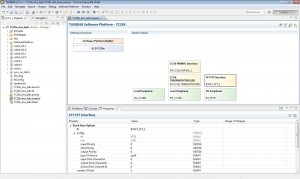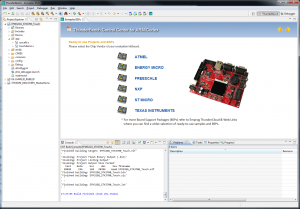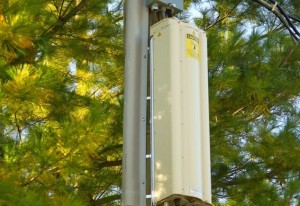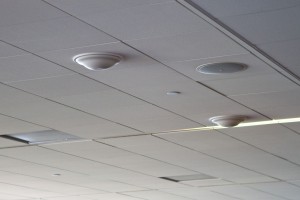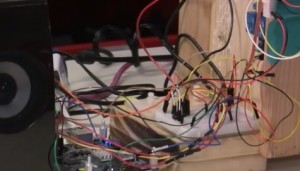MIPI Alliance, the group driving the standardisation of mobile phone interfaces, has announced an updated version of its physical layer interface that supports an 11Gbit/s data rate for chip-to-chip within the phone.
MIPI M-PHY specification also widens protocol support to include third-party protocols as well as native MIPI protocols.
This latest release, v4.0, doubles the potential bandwidth per channel compared to the previous specification.
It introduces adaptive receiver equalisation to overcome channel distortion and support a peak transmission rate of 11.6Gbit/s per channel or 46.4Gbit/s aggregate data rate over four channels.
According to Joel Huloux, chairman of the board of MIPI Alliance, this will “dramatically bolster performances and throughput of data transmitted on 2 pins and offers companies new opportunities to enhance the capabilities of protocols that operate on this technology.”
The M-PHY spec now also scales optical media converter data rates up to Gear 4, giving designers the capability to build connections that are meters in length to support MIPI M-PHY’s on automotive systems.
For example cameras that use CSI-3, when based on UniPro enabled by M-PHY v4.0, will be able to transmit 4K video with 60 frames per second and 12 bits per pixel on a single differential pair.
Support for M-PHY v4.0 will be included in the next versions of MIPI UniProSM and MIPI CSI-3SM, which will undergo development later in 2015.
Standards that have adopted MIPI M-PHY include Mobile PCI Express (M-PCIe) and SuperSpeed USB Inter Chip (SSIC).
MIPI M-PHY has also been adopted by Google, along with the MIPI UniPro transport layer in the MIPI UniPort-MSM interface, to serve the modular needs of the Project Ara smartphone platform.



